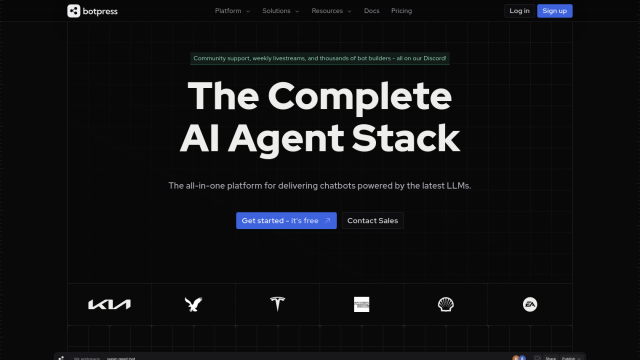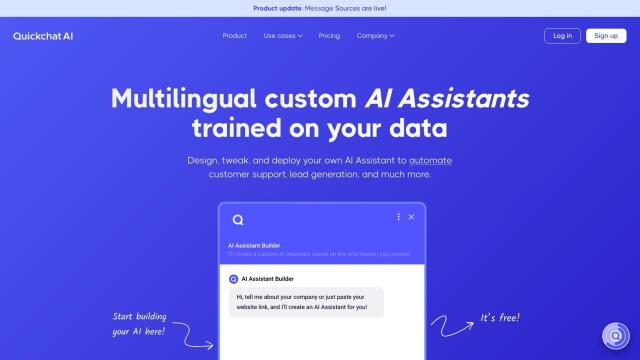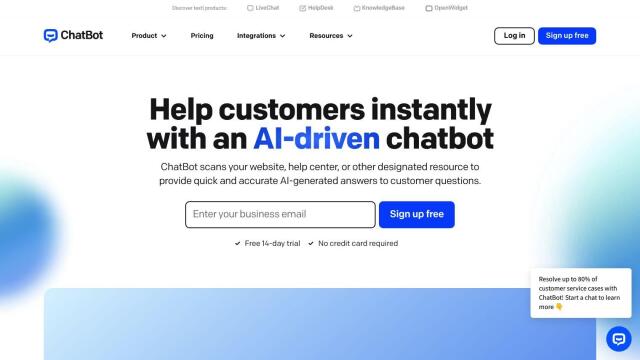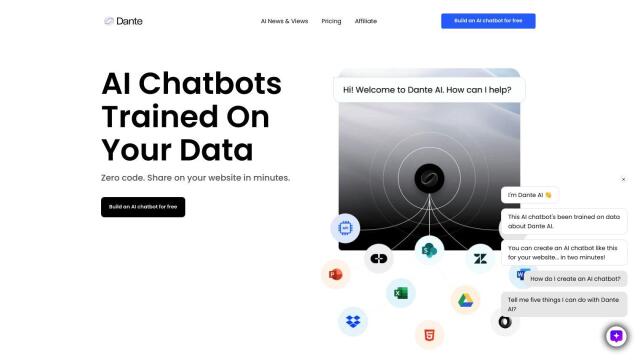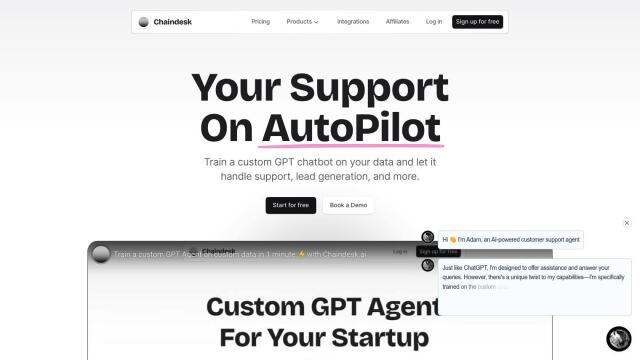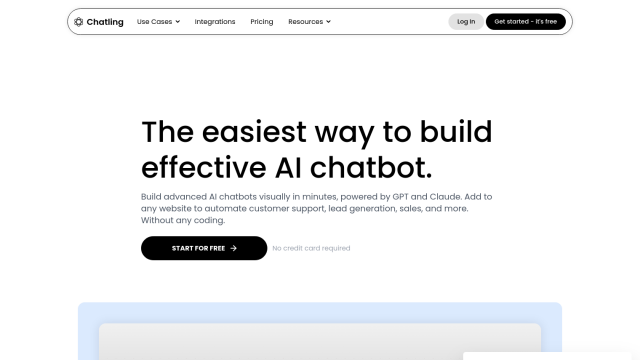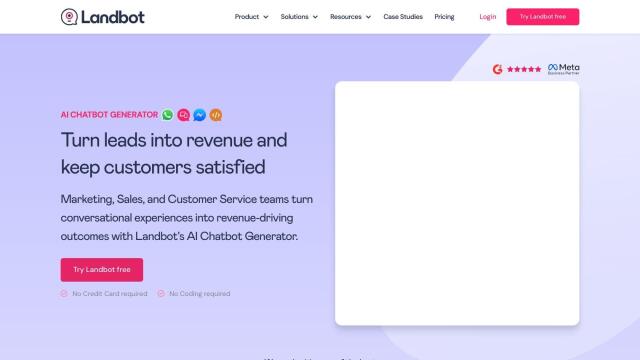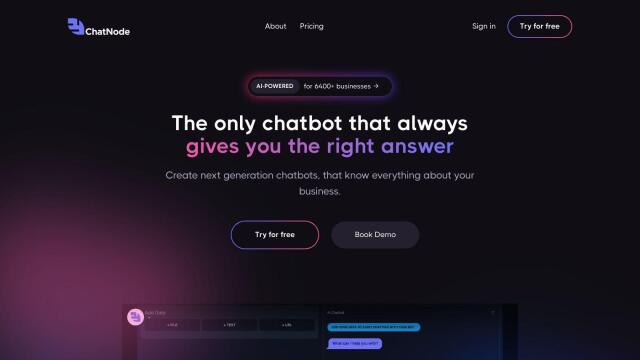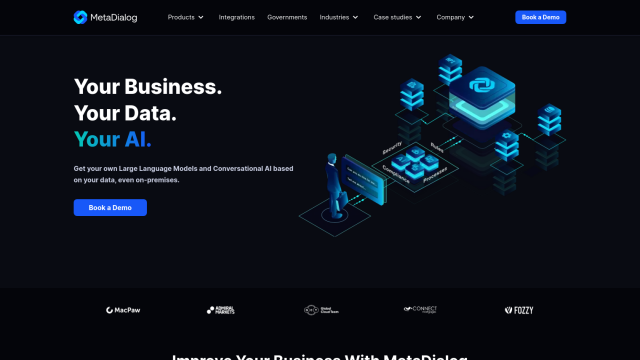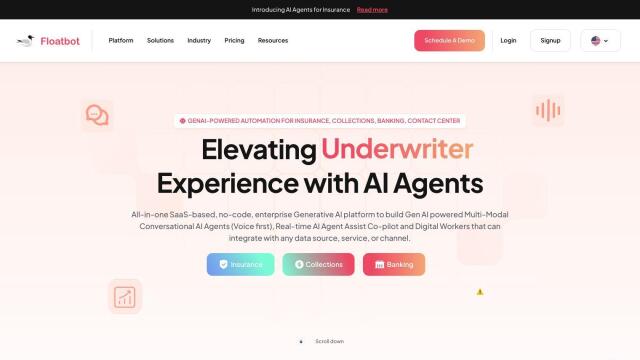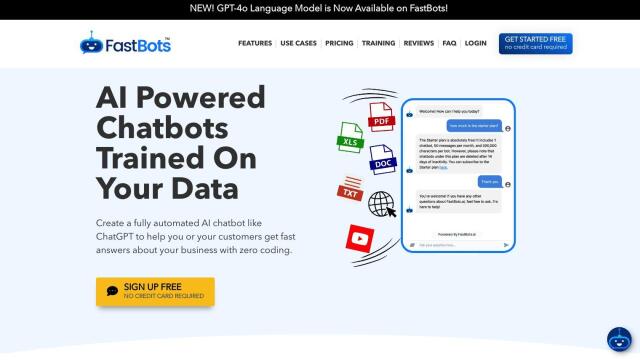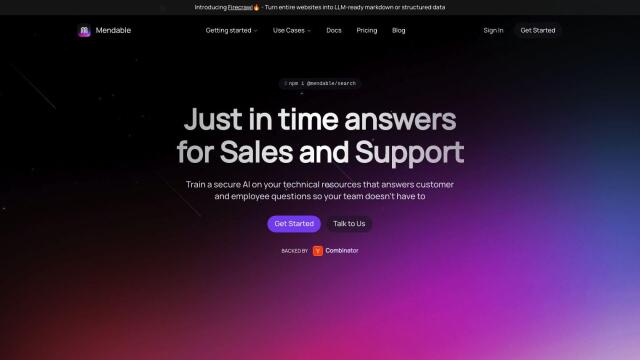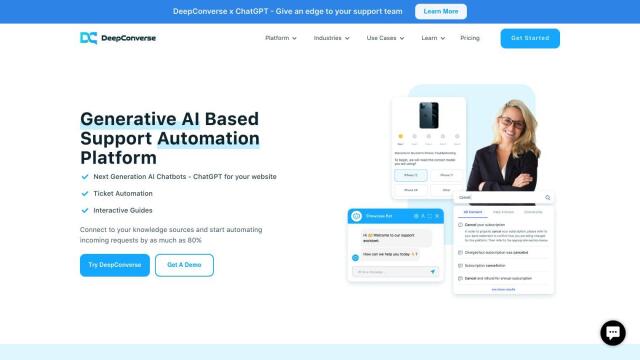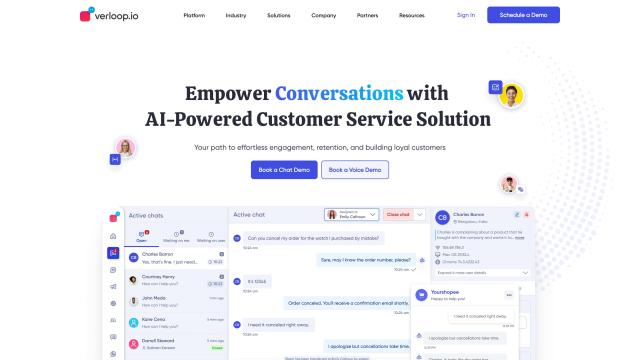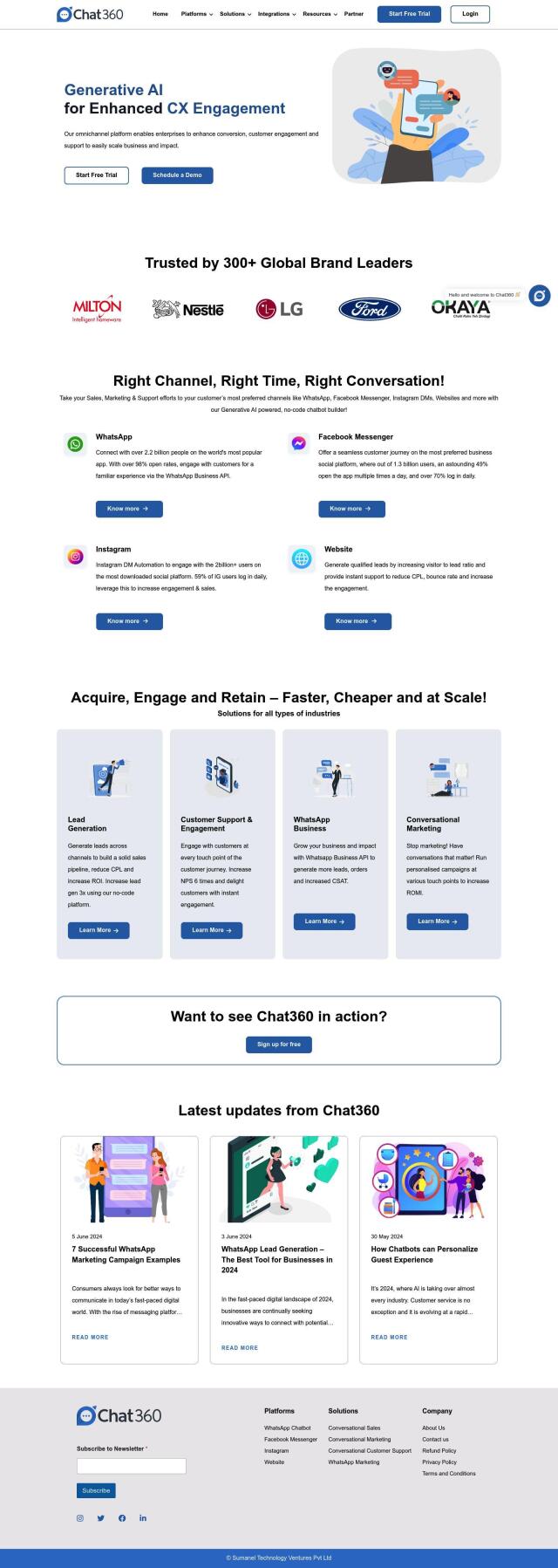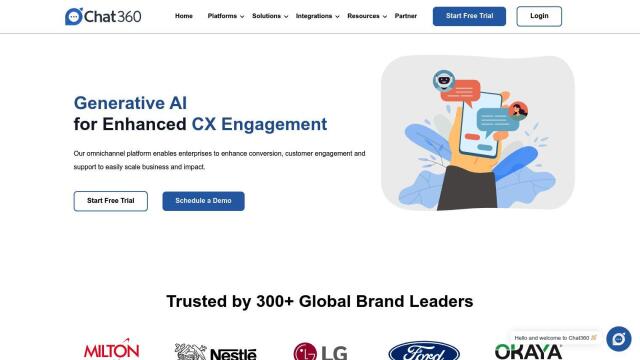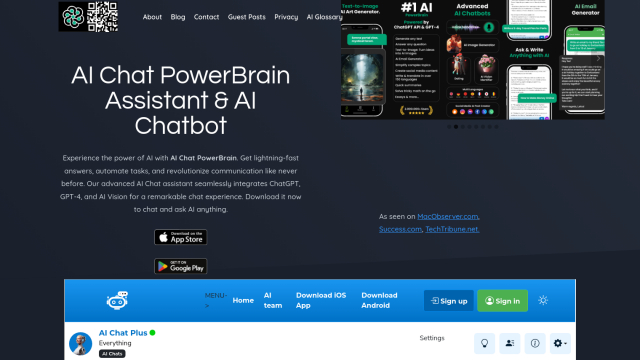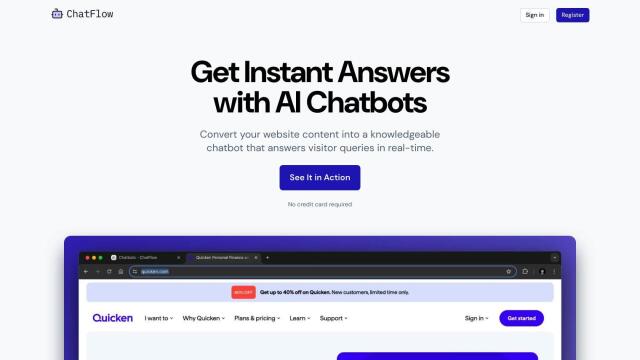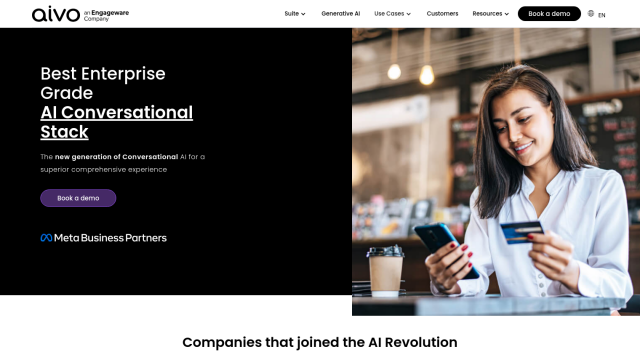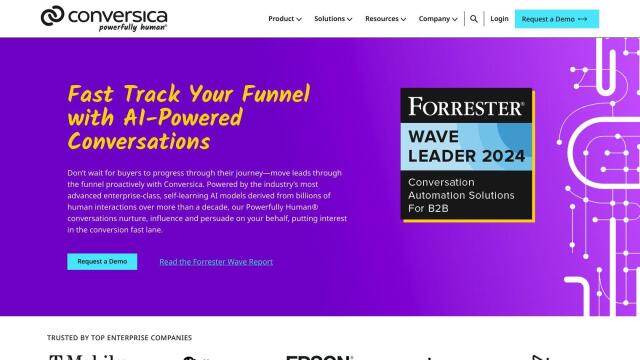Question: I need a solution that enables me to design and build conversational experiences with a visual authoring canvas.
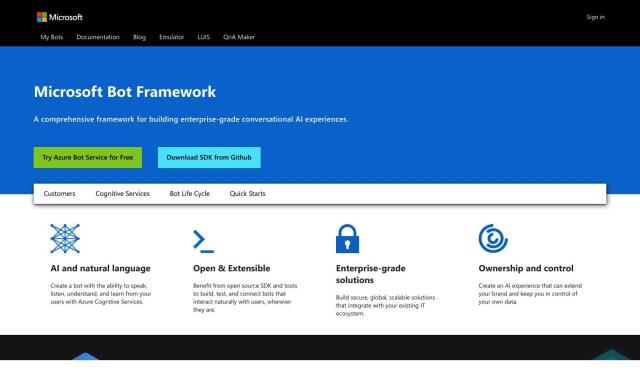
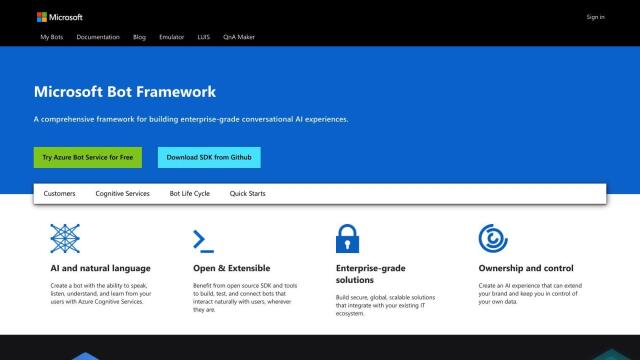
Microsoft Bot Framework
If you want a way to design and build conversational experiences with a visual authoring canvas, Microsoft Bot Framework is a great option. This open-source framework lets you build enterprise-scale conversational AI experiences with sophisticated natural language understanding and generation abilities. It includes a visual authoring canvas, custom language understanding models and integration with Azure Cognitive Services. That makes it a good option for virtual assistants, customer service and other enterprise uses.

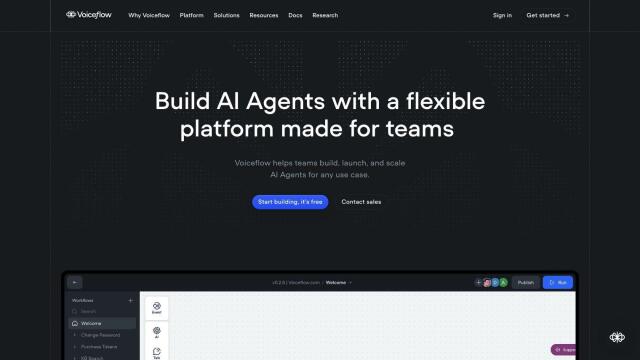
Voiceflow
Another good option is Voiceflow, a collaborative service for building and scaling chat and voice AI agents. Voiceflow has a visual drag-and-drop builder, multi-step workflows and centralized data management. It also has a wide range of integrations with services like analytics tools, CRM systems and e-commerce sites. It's good for automating customer support, building in-app copilots and designing conversations.

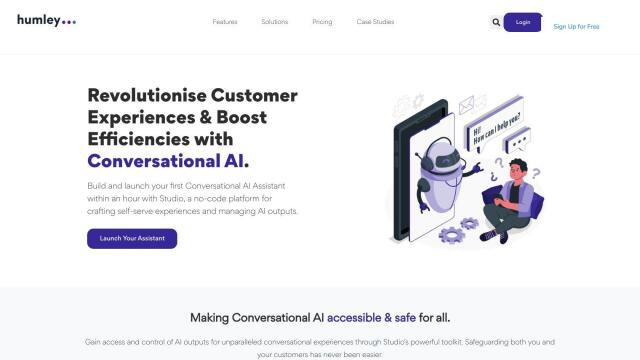
Humley
For a no-code approach, Humley is a user-friendly toolkit for rapid development of conversational AI assistants. It uses generative AI models and supports multichannel interactions. Humley is designed for efficient customer query handling and offers a range of pricing plans, including a free plan for early users. That makes it a good option for support, contact centers and HR.

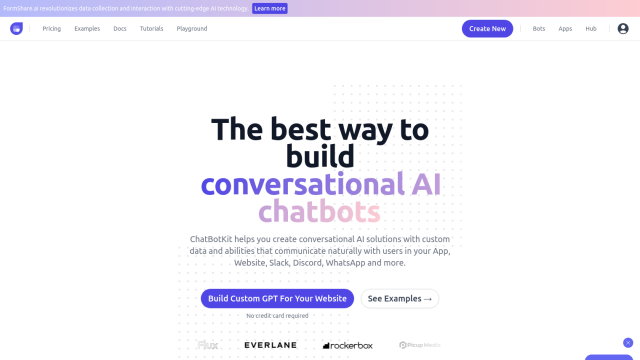
ChatBotKit
If you want a platform that's easy to use and customizable, ChatBotKit could be a good choice. It lets developers and nondevelopers build AI chatbots with a natural language interface. With features like a coding assistant, support for multiple languages and integration with popular chat apps, ChatBotKit is good for rapidly deploying conversational AI solutions that are easy to use and secure.

